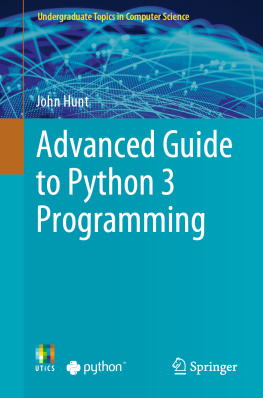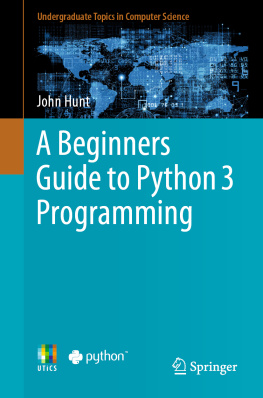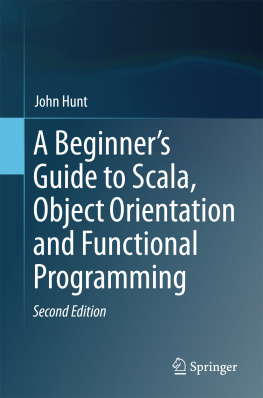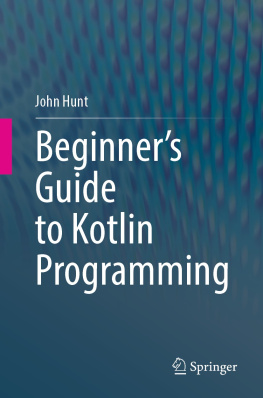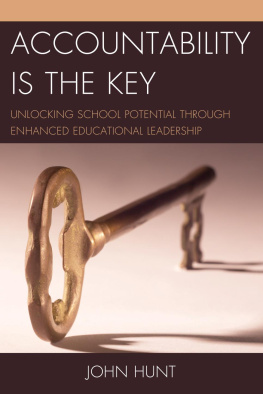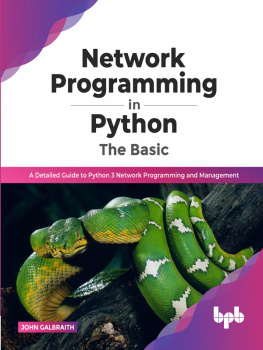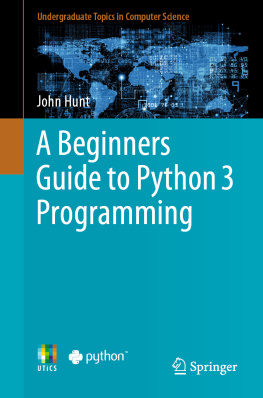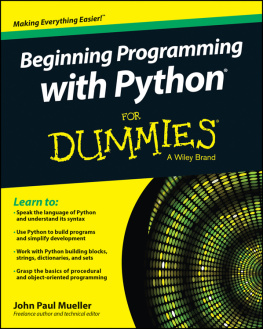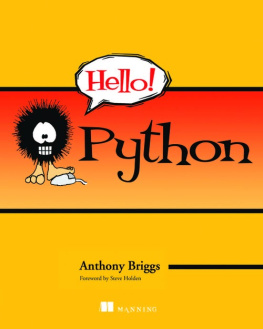John Hunt - Advanced Guide to Python 3 Programming
Here you can read online John Hunt - Advanced Guide to Python 3 Programming full text of the book (entire story) in english for free. Download pdf and epub, get meaning, cover and reviews about this ebook. year: 0, publisher: Springer International Publishing, genre: Computer. Description of the work, (preface) as well as reviews are available. Best literature library LitArk.com created for fans of good reading and offers a wide selection of genres:
Romance novel
Science fiction
Adventure
Detective
Science
History
Home and family
Prose
Art
Politics
Computer
Non-fiction
Religion
Business
Children
Humor
Choose a favorite category and find really read worthwhile books. Enjoy immersion in the world of imagination, feel the emotions of the characters or learn something new for yourself, make an fascinating discovery.
Advanced Guide to Python 3 Programming: summary, description and annotation
We offer to read an annotation, description, summary or preface (depends on what the author of the book "Advanced Guide to Python 3 Programming" wrote himself). If you haven't found the necessary information about the book — write in the comments, we will try to find it.
Advanced Guide to Python 3 Programming — read online for free the complete book (whole text) full work
Below is the text of the book, divided by pages. System saving the place of the last page read, allows you to conveniently read the book "Advanced Guide to Python 3 Programming" online for free, without having to search again every time where you left off. Put a bookmark, and you can go to the page where you finished reading at any time.
Font size:
Interval:
Bookmark:
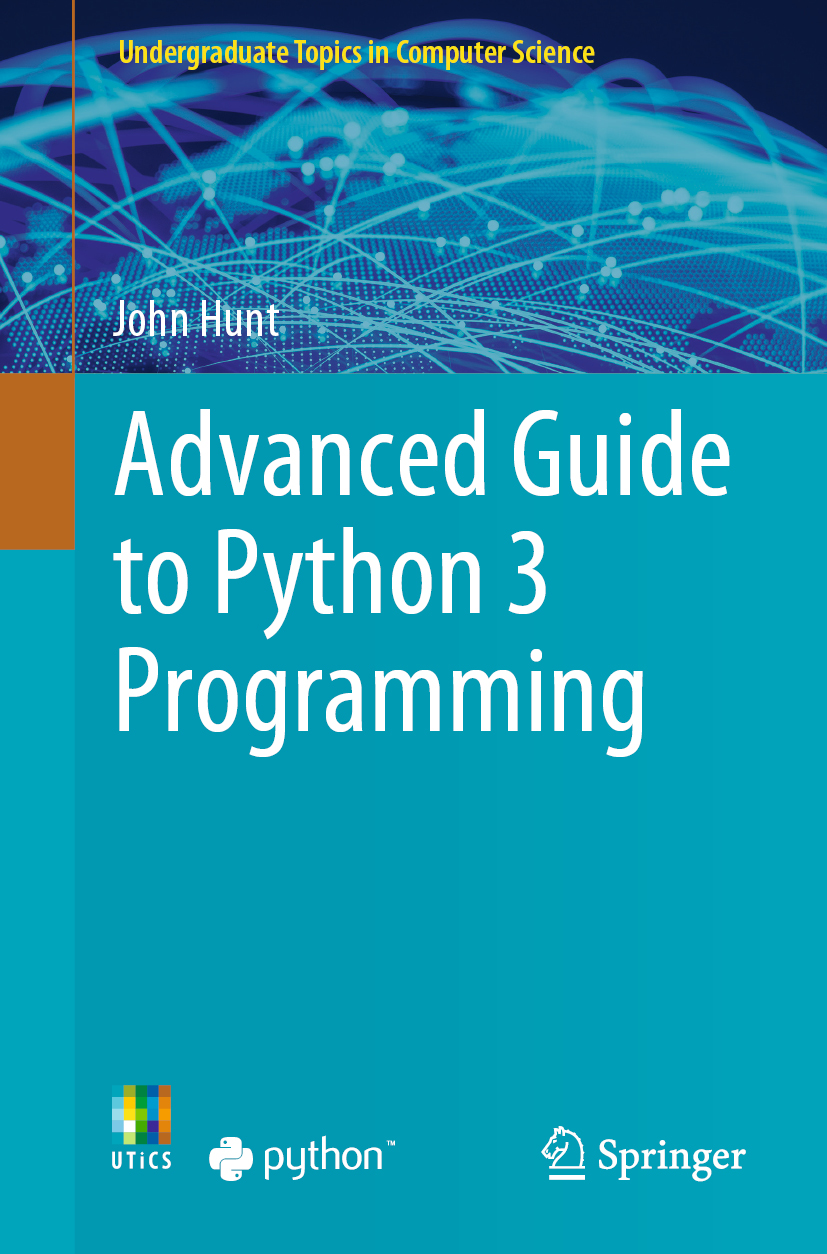
Undergraduate Topics in Computer Science (UTiCS) delivers high-quality instructional content for undergraduates studying in all areas of computing and information science. From core foundational and theoretical material to final-year topics and applications, UTiCS books take a fresh, concise, and modern approach and are ideal for self-study or for a one- or two-semester course. The texts are all authored by established experts in their fields, reviewed by an international advisory board, and contain numerous examples and problems, many of which include fully worked solutions.
The UTiCS concept relies on high-quality, concise books in softback format, and generally a maximum of 275300 pages. For undergraduate textbooks that are likely to be longer, more expository, Springer continues to offer the highly regarded Texts in Computer Science series, to which we refer potential authors.
More information about this series at http://www.springer.com/series/7592

This Springer imprint is published by the registered company Springer Nature Switzerland AG
The registered company address is: Gewerbestrasse 11, 6330 Cham, Switzerland
For Denise, my wife.
Some of the key aspects of this book are:
It assumes knowledge of Python 3 and of concepts such as functions, classes, protocols, Abstract Base Classes, decorators, iterables, collection types (such as List and Tuple) etc.
However, the book assumes very little knowledge or experience of the topics presented.
The book is divided into eight topic areas; Computer graphics, Games, Testing, File Input/Output, Database Access, Logging, Concurrency and Parallelism and Network Programming.
Each topic in the book has an introductory chapter followed by chapters that delve into that topic.
The book includes exercises at the end of most chapters.
All code examples (and exercise solutions) are provided on line in a GitHub repository.
Each chapter has a brief introduction, the main body of the chapter, followed by a list of online references that can be used for further reading.
Following this there is typically an Exercises section that lists one or more exercises that build on the skills you will have learnt in that chapter.
Sample solutions to the exercises are available in a GitHub repository that supports this book.
You can of course just read this book; however following the examples in this book will ensure that you get as much as possible out of the content.
For this you will need a computer.
Python is a cross platform programming language and as such you can use Python on a Windows PC, a Linux Box or an Apple Mac etc. This means that you are not tied to a particular type of operating system; you can use whatever you have available.
However you will need to install some software on your computer. At a minimum you will need Python. The focus of this book is Python 3 so that is the version that is assumed for all examples and exercises. As Python is available for a wide range of platforms from Windows, to Mac OS and Linux; you will need to ensure that you download the version for your operating system.
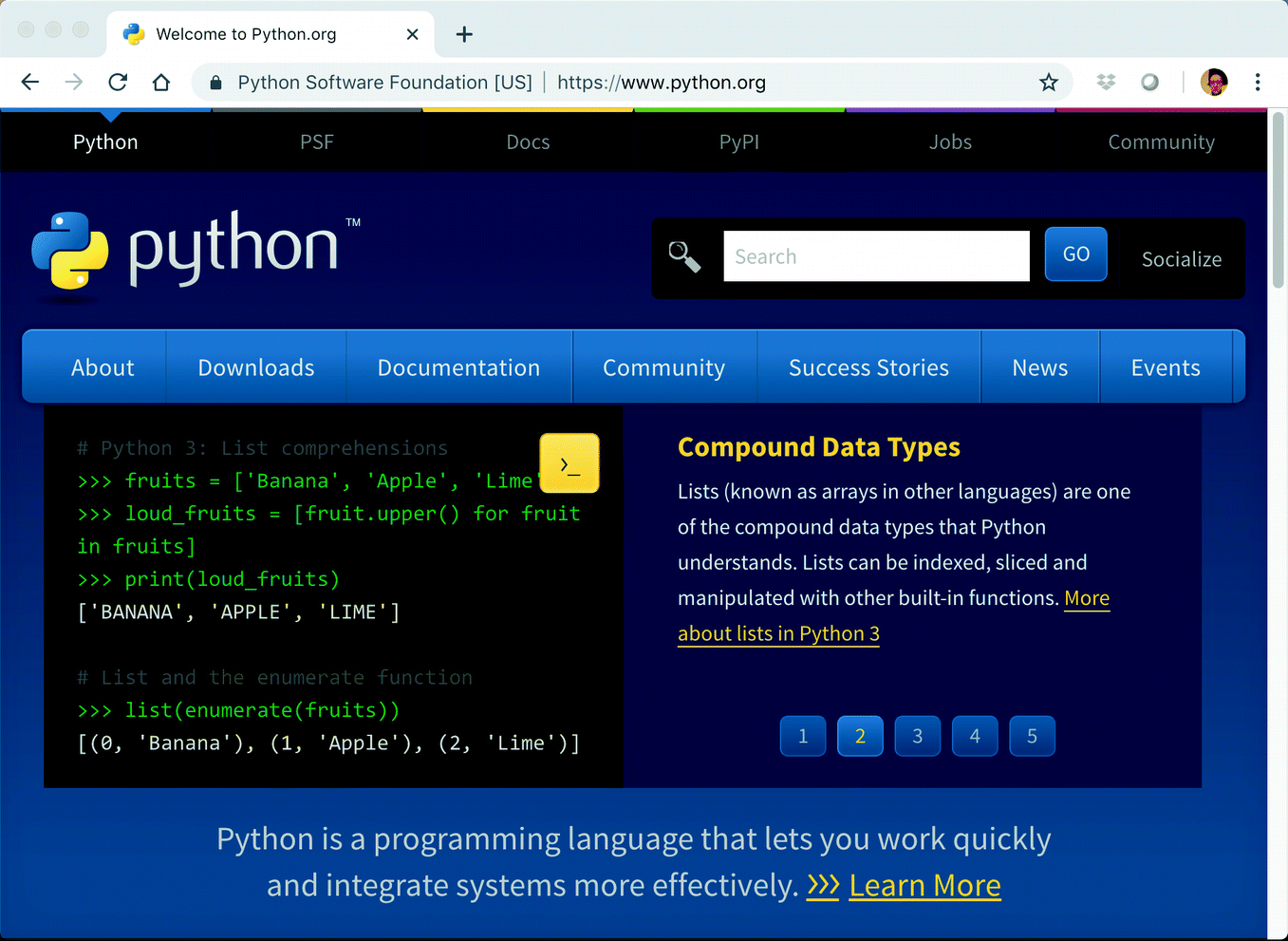
You will also need some form of editor in which to write your programs. There are numerous generic programming editors available for different operating systems with VIM on Linux, Notepad++ on Windows and Sublime Text on Windows and Macs being popular choices.
However, using a IDE (Integrated Development Environment) editor such as PyCharm can make writing and running your programs much easier.
However, this book doesnt assume any particular editor, IDE or environment (other than Python 3 itself).
Currently there are two main versions of Python called Python 2 and Python 3.
Python 2 was launched in October 2000 and has been, and still is, very widely used.
Python 3 was launched in December 2008 and is a major revision to the language that is not backward compatible.
In Python 2 this is written as print Hello World
In Python 3 this is written as print (Hello World)
It may not look like much of a difference but the inclusion of the () marks a major change and means that any code written for one version of Python will probably not run on the other version. There are tools available, such as the 2to3 utility, that will (partially) automate translation from Python 2 to Python 3 but in general you are still left with significant work to do.
Font size:
Interval:
Bookmark:
Similar books «Advanced Guide to Python 3 Programming»
Look at similar books to Advanced Guide to Python 3 Programming. We have selected literature similar in name and meaning in the hope of providing readers with more options to find new, interesting, not yet read works.
Discussion, reviews of the book Advanced Guide to Python 3 Programming and just readers' own opinions. Leave your comments, write what you think about the work, its meaning or the main characters. Specify what exactly you liked and what you didn't like, and why you think so.

